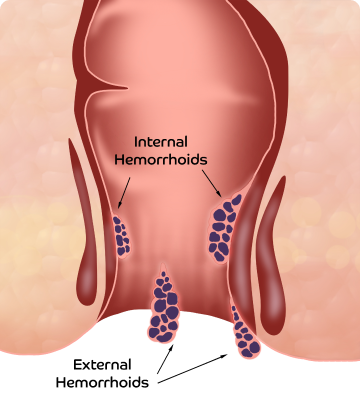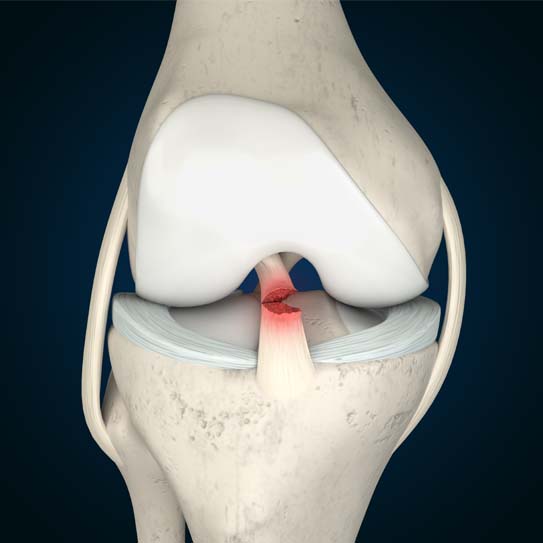What happens when you ignore an ACL injury?
Ligaments do not receive adequate blood supply to heal on their own. Therefore, ACL injuries do not heal on their own. If left untreated, they will progressively get worse and lead to:
Instability of the knee joint: An injured ACL joint cannot sustain any weight and progressively becomes more and more unstable till the knee becomes too unstable to even walk.
Pain: ACL injuries are riddled with pain. Without treatment, the pain increases over time, and the knee swells up so much that the person starts having difficulty even moving it.
Disability: Without due treatment, the knee joint permanently loses its ability to bend and straighten, leading to permanent disability.
Arthritis: As the ligament cannot function properly in an ACL injury, its functional load is born by the surrounding tissues such as bones, tendons, and muscles. This additional strain can promote arthritis development in many people.
Why should you get ACL reconstruction surgery at Pristyn Care?
Pristyn Care is one of the finest ACL surgery providers in Karjat. We go to great lengths to ensure complete care and comfort for all patients. Some facilities provided at all Pristyn Care centers are:
- Easy appointment booking: You can easily book an appointment at any Pristyn Care facility with the best knee specialists near you at your convenience.
- Cab and meal facility: We provide cab and meal facilities for all patients on the day of the surgery to ensure their complete comfort.
- Documentation and insurance help: Our care coordinators are always in touch with you throughout the treatment. They help with the documentation for hospital admission, insurance, and other stuff to ensure a seamless treatment journey.
- Affordable treatment: To ensure that the treatment is completely affordable, we also provide patients 30% off on diagnostic tests, along with free rehabilitation therapy for some time.
- Dedicated care buddy: Each patient is assigned a dedicated care buddy that takes care of them and ensures that their hospital stay is completed without any hurdles.
What does rehabilitation for ACL injury for athletes entail?
Typically, rehabilitation for ACL injuries lasts for around 4-5 weeks, but since athletes put more strain on their joints, they need longer rehab periods for better movement and to prevent recurrence of the injury.
Rehabilitation for knee injuries mainly focuses on treating the injuring and providing the patient their desired range of motion for the joint. The treatment is performed with three goals in mind:
- Stabilizing the joint to promote healing
- Strengthening the joint to increase the range of motion of the joint
- Increasing joint flexibility to decrease the chances of re-injury following the return to sports.
Most athletes can start training for their sports about 4-6 months after the surgery, but doctors recommend a full rehabilitation before they start participating in the sports again. The rehabilitation period can be divided into:
- Phase 1: 3-4 months after surgery- Regain strength and improve the flexibility of the joint
- Phase 2: 4-6 months after surgery- Low-level fitness and performance agility drills
- Phase 3: 5-8 months after surgery- Jumping exercises
- Phase 4: 6-9 months after surgery- Single-leg jumping exercises with sports-specific cutting
- Phase 5: 9-12 months post-surgery- Steadily increase sports drills till former skill is achieved while focusing on preventing re-injury.
How to book an appointment with knee specialists in Karjat?
- Fill in the “Book an Appointment” form on the website. Our care coordinators will reach out to you momentarily and book an appointment for you based on your symptoms and location.
- You can call our helpline number directly and talk to our care coordinators to book your appointment.
- Download our dedicated app from Google Play Store and browse through our list of specialists and choose the right doctor for you.









.svg)









